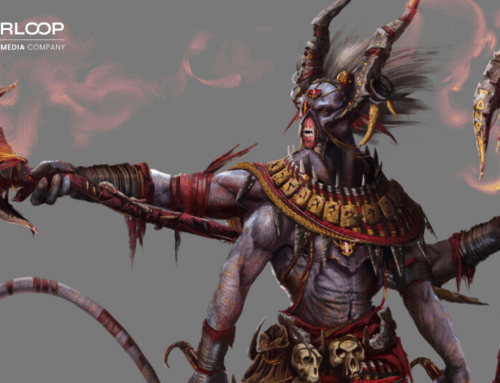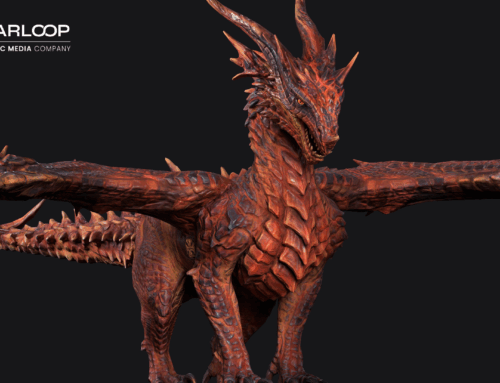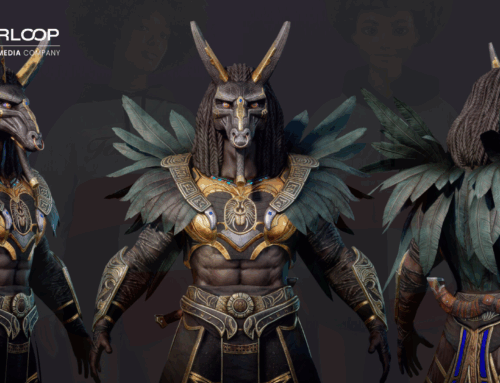Porting has become a more prevalent cornerstone of the gaming industry in recent years. Existing games arriving on new platforms have become commonplace, which has made gaming more accessible than ever before. Not only does this give the player more choices, but it helps developers and publishers expand their presence across a variety of platforms.
On the surface, porting might seem like a simple case of bundling an existing game onto a disc or making it available as a digital download somewhere it was previously unavailable, but it’s a far more involved process. Ports can take months or even longer than a year, depending on various factors, including but not limited to the target platforms, the coding language used, and visual assets.
Analysis
The crucial first step is to analyze the game in its entirety, including its code, assets, the game engine used to create the original version, and every detail that could pertain to porting it to a new platform. Throughout our years of experience porting games, we’ve seen that outsourcing partners are often hired to carry out ports rather than the original development team. With this in mind, it’s important to analyze the game and allow the team porting it to get acquainted with every aspect of it.
Analyzing the game will also help the team anticipate challenges. Depending on the platforms involved, the port might need to change its control scheme, UI elements, and even code to work well with the new target platform. Some games can be complicated to port, and foreseeing difficulties can mitigate issues further along in the pipeline.
Coding
As previously mentioned, code sometimes needs to be adjusted when porting a game. This is largely dependent on the original platform, source platforms, the game’s age, and the original game engine. Engines can become out of date so it can become necessary to port a title using a new engine. Because not all game engines are compatible with each other and often support different programming languages, large sections of code might need to be adjusted or rewritten.
This isn’t always the case, fortunately, as modern engines like Unity and Unreal Engine 5 are designed to support multiple platforms. Contemporary titles are also often developed with the idea of them being ported at a later time in mind.
Assets
Visual assets are an important consideration when porting a game. The quality of visual assets, such as 3D models, textures, and environments can have a significant impact on a game’s performance, and depending on the platforms a game is being ported to, they might need to be modified.
This is less of an issue if your game is being ported to PC or modern console, as it’s commonplace for titles on those platforms to have different graphical or performance modes that adjust visual quality. Porting to mobile devices or even Nintendo Switch, however, could necessitate lowering the quality of models and textures.
Android and iOS devices and Nintendo Switch are often unable to run games with higher-end graphical output, so reducing their quality is necessary for satisfactory performance. Using full-quality visual assets can risk the ports running poorly. While compromising visual fidelity isn’t ideal, it’s important to balance it with performance. Changing visual asset quality along with the output resolution can make a positive difference for ports running on less powerful platforms.
Performance
While it’s important to maintain the visual identity and atmosphere of your game, it’s equally important to ensure that it runs smoothly on its new platforms. On the many porting projects Starloop Studios has had the opportunity to work on, our goal has always been to have the best performance and visuals possible without compromising each other too much.
Visuals, both in terms of graphical quality and design, are often what draws a player to a game initially, but high-quality technical performance is often what keeps players engaged with a game. This isn’t the only factor, however, and games need to be optimized for each platform. PlayStation 4, for instance, operates using multi-core devices for optimal CPU performance, and to maintain optimal performance, those cores need to be kept busy at all times.
Each platform has its intricacies to master to optimize performance. With thorough research during the analysis stage of your porting project, you’ll understand how your game runs on its original platforms and what needs to be done to optimize for its destination platforms.
Testing
Testing is one of the most important aspects of any game porting project. Beyond performance and visual fidelity, several other aspects need to be tested for any issues before a port is released.
Control schemes vary wildly between platforms. Porting a console title to mobile, for example, would necessitate adapting the scheme for a traditional controller to a touch screen. The same situation applies to PC ports, where the scheme would need to be adapted for keyboard and mouse and optionally controllers.
User interface elements and controls regularly need to be changed also. A perfect example of this is the console versions of Obsidian Entertainment’s Pillars of Eternity games. Originally released on PC, the games are complex RPGs with numerous possible interactions and abilities. This suited PC due to the sheer breadth of control keyboards offer. For the console versions, the team adapted the controls to radial wheels, allowing ease of access to their characters’ many abilities and actions.
Everything including visuals, performance, UI, and controls needs rigorous testing. It’s possible that new bugs can occur during the port’s development and that legacy bugs can crop up, but these issues should be caught and resolved provided the necessary quality assurance work is completed.
Contact Starloop Studios today to learn more about our expert high-quality game development services for all platforms.
As part of Magic Media, we offer a wide range of services for the gaming, entertainment, and tech industries, including but not limited to full-cycle game development, game trailer production, and real-time VFX. Get in contact today, and let’s create magic!



